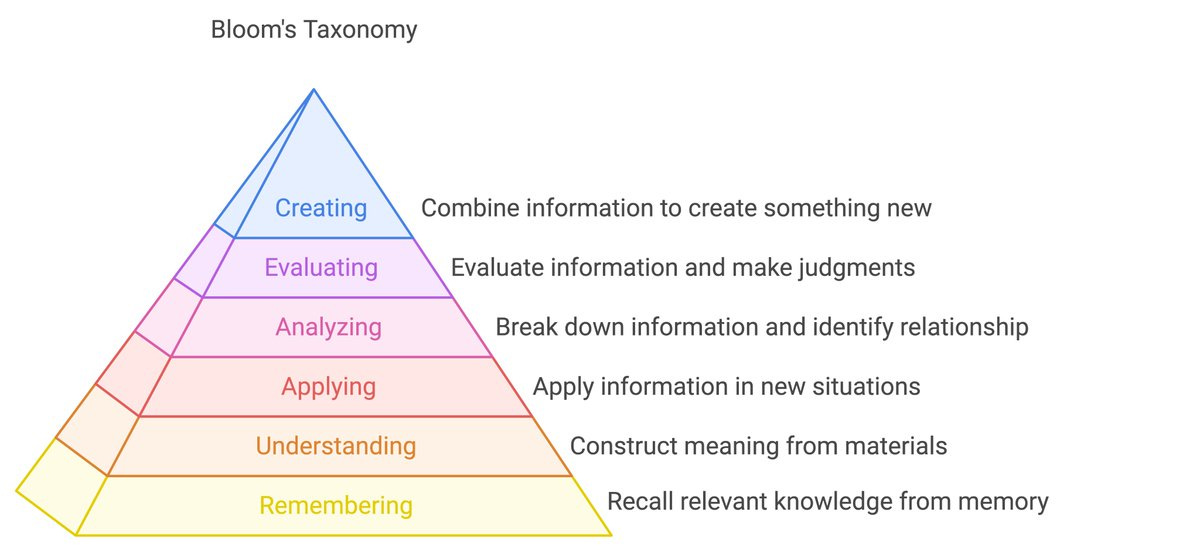What's your learning goal, Six Gaps in Learning, Conway's Law
Weekly I/O #91: Bloom's Taxonomy, Six Learning Gaps, Conway's Law, Coach K's Success, Lindy Effect
Hi friends,
It's been a minute because I've been busy being a part-time podcast guest chatting with friends 😅
Anyway, I'm back, and here's your weekly dose of I/O. I hope you enjoy it!
Input
Here's a list of what I learned this week.
1. Bloom's Taxonomy: Our learning objectives can be classified as a hierarchy of remember, understand, apply, analyze, evaluate, and create.
Book: Design for How People Learn
Have you thought about what's the learning objectives you want to achieve whenever you say you want to "learn something"?
Bloom's Taxonomy (actually a revised one by Anderson and Krathwohl in 2001) is a useful hierarchical framework for classifying learning objectives into levels of complexity and specificity.
Let's take learning to make coffee as an example. We can classify our learning goals like:
Remember: List all the ingredients and tools needed, such as coffee beans, water, and coffee grinders.
Understand: Explain how each ingredient and tool works.
Apply: Follow a recipe to brew the coffee successfully.
Analyze: Break down the brewing process and examine factors like water temperature, grind size, and brewing time.
Evaluate: Critique the coffee, give feedback, and assess potential adjustments.
Create: Invent your twist of a new coffee.
The steps are meant to become more challenging as you move up (e.g., "remember" is easier than "evaluate"), but it isn't a strict rule for learning. For example, analyzing good films could be a good way to understand key principles of storytelling.
Even if you mix the levels, it's still useful to pinpoint your target level. For instance, learning to use Morse code might never need to get beyond Analyze. On the other hand, if you want to apply storytelling principles, your learning plan must go beyond just understanding it.
2. To achieve learning goals, we should identify and address not just knowledge gaps but also skills, motivation, habits, environment, and communication. Oftentimes the gaps in knowledge are not the most critical obstacle.
Keep reading with a 7-day free trial
Subscribe to Weekly I/O to keep reading this post and get 7 days of free access to the full post archives.



